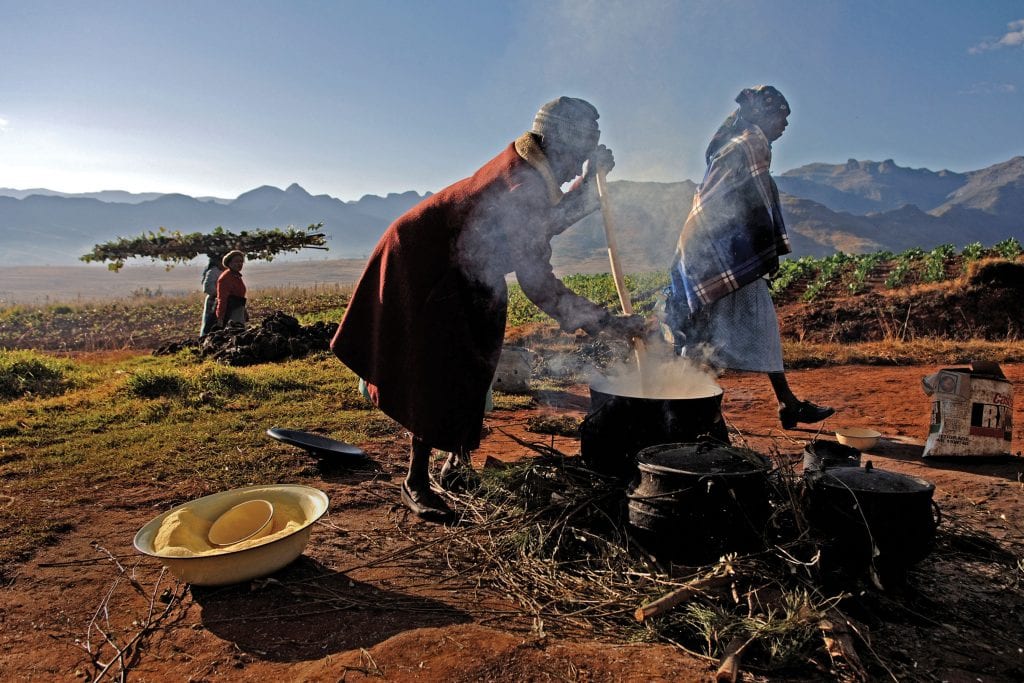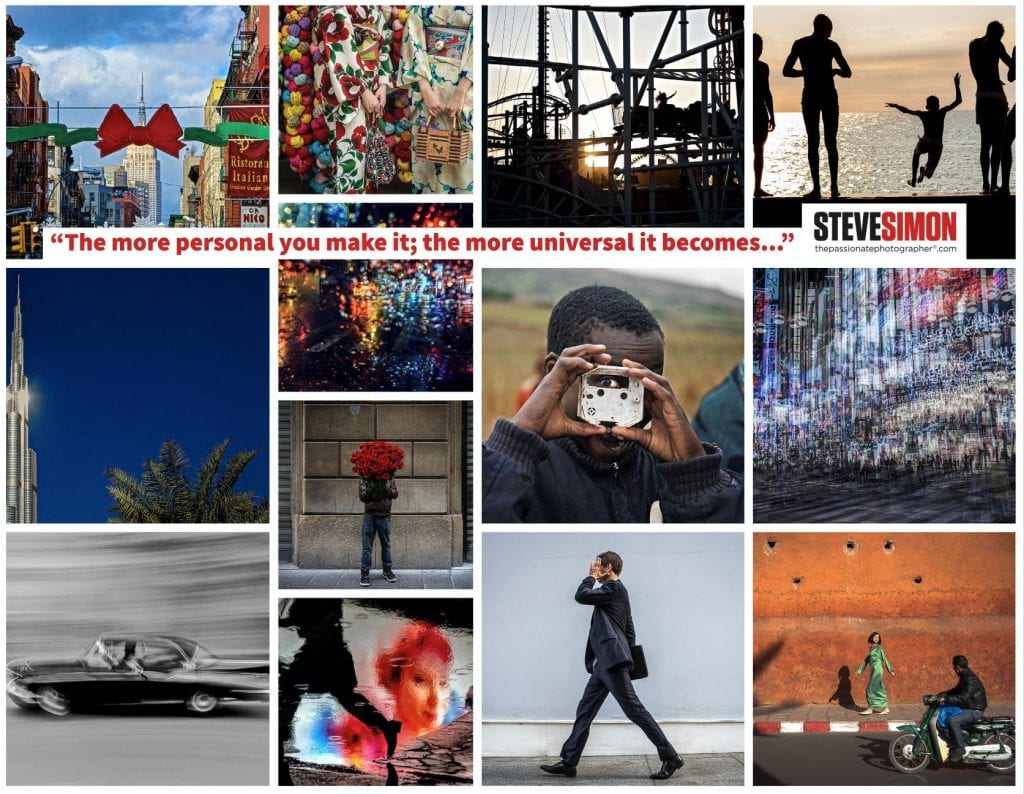This is the sequel to my post covering the RNC in Milwaukee last month. It has been 20 years and thousands of frames and I figure at this time in our political history, it’s probably a good time to close the chapter on this work and seek out a publisher.

But it won’t be easy sifting through the thousands of frames and turning the selects into a cohesive narrative through design and sequencing— telling the story I want to tell about the American Political Convention.
It’s always a challenge when thousands of media, delegates and protestors converge in one place –and to find room among the throngs to make strong images is a challenge.
I shot the majority of the convention with two cameras, a Nikon Z8 & Z9 with a 24-120mm and 70-200 f2.8 zoom & 1.4x converter attached which allowed me to find shots even when I wasn’t in the ideal position—which was often.
I have some experience at these events having covered them for as long as I have— and though I can’t be everywhere I want to be— with a combination of serendipity and experience it tends to work out. Navigating the convention floor can be an exercise in frustration since many areas are off limits (more so at this DNC than the RNC) and you can’t often be in the camera position you want when something photo-worthy is happening.
A big part of my strategy is to photograph behind the scenes and on the periphery of the convention to pull back the curtain on the reality of this political theatre. You also never know who will turn around the corner, as when I ran into a very friendly Oprah in the basement of the United Center. She was rumored to attend but not on the official list. (No, she did not throw the keys to a new car at me like I had hoped).
I generally don’t need to be where others are anyway. Having the zooms gives me the opportunity to get something from wherever I happen to be when things start to happen. I then try and rush into a better position. I’m always looking for images that are a little different anyway.
With hundreds of accredited photographers and most everyone else in the United Center with a phone camera I’m sure we all came home with satisfying shots since the “perfect angle” is not always the most interesting. Perfection is overrated I say.

Jeff Kent is the Director of the United States Senate Press Gallery along with Assistant Director Tricia Munro and their amazing team, who have the unenviable task of keeping hundreds of anxious photojournalists happy in a very stressful environment. The somehow pulled it off.










There was a lot of talk about the joyful atmosphere of the DNC, but for photographers trying to capture that joy it was a little more difficult than it was in Milwaukee. The convention organizers at the DNC were all about the delegates, as maybe they should be, so photographers were more limited in where they could go and had to be frequently rotated into various “good” vantage points and stay down as not to block the view of the delegates. It was stressful but the Senate team in charge of still shooters were always fighting for us to get where we needed to go.










There’s always a hierarchy of access and the photographers representing big circulation media often have the best access. But as mentioned, if you’ve been cleared by Secret Service and you’re in the building, you will get great shots.
It’s a lot of work but it’s never lost on me what a privilege it is for me to be there with my camera. Regardless of how the book turns out, I hope to be back in 2028 if they let me. It’s an exhausting but highly rewarding photographic/life experience.










About the author: Steve Simon is a street & documentary photographer based in New York City who’s obsessed with all things photographic. When he’s not shooting political conventions Steve is photographing the streets and leads street photography workshops around the world. You can link to his work and writing on his website or follow him on Facebook, LinkedIn, Instagram, or X. If you’re a publisher wanting to publish the Convention book, get in touch!











